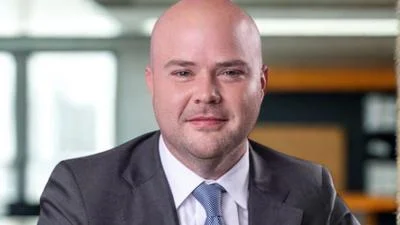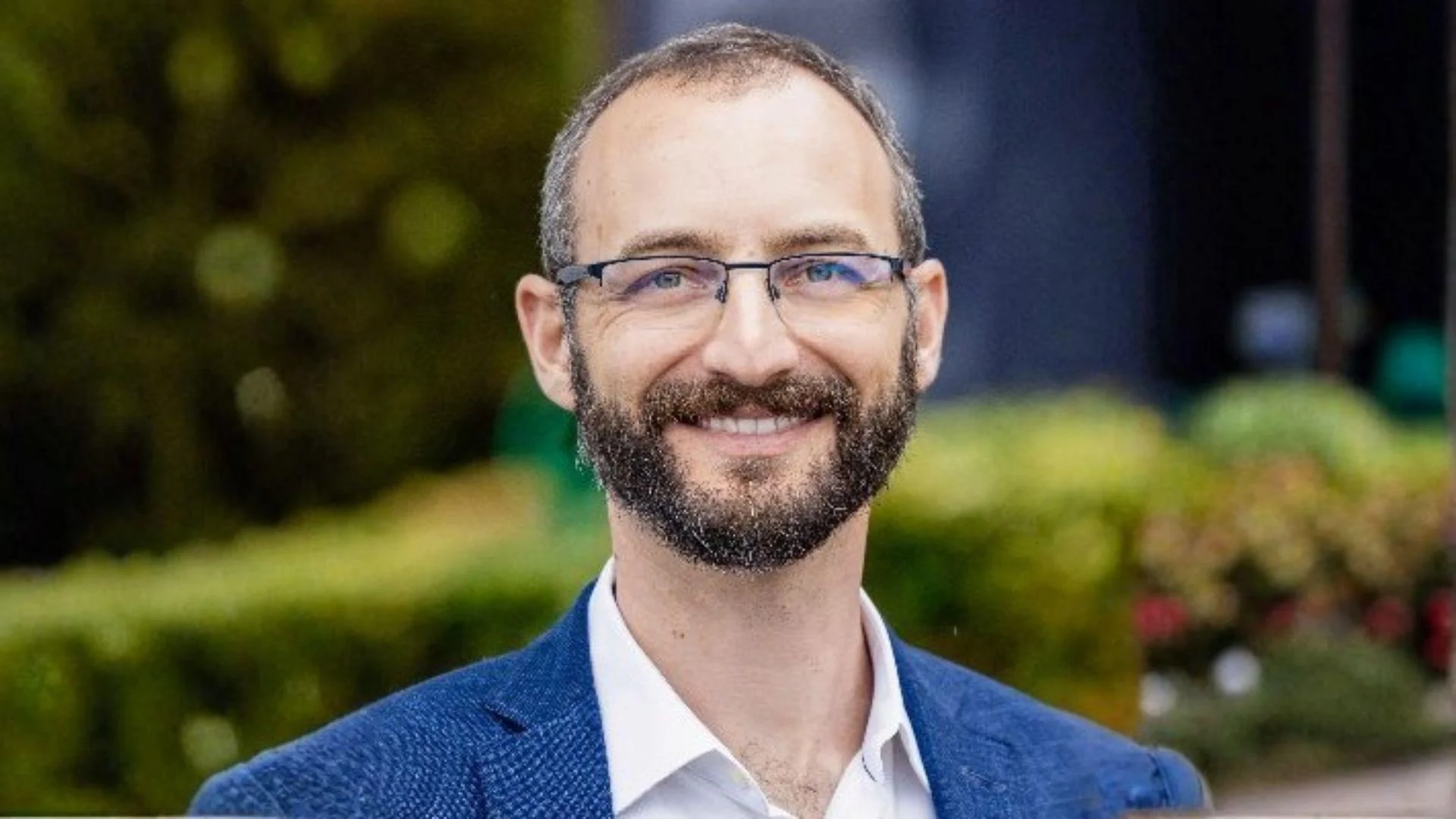While price increases across the health care industry are slowing, the costs of prescription drugs continues to skyrocket, according to Altarum Institute. Current figures, though, may show signs of moderation, an expert said.
Spending on prescription drugs from May 2014 to May 2015 grew at a rate of 9.3 percent compared to an industry-wide average of 5.9 percent for all sectors of health care spending. It was the first time drug spending growth dropped below 10 percent since Feb. 2014, according to a report by Altarum, a nonprofit healthcare research and consulting organization.
Meanwhile, the cost of prescription drugs soared by 5.3 percent compared to the industry average of 1.1 percent over the same period.
However, comparing June prices to one year ago, the rate of increase dropped to 4.8 percent for prescription drugs. This fits in with a recent trend toward price moderation, observed by Altarum’s Senior Health Economist Paul Hughes-Cromwick, who is hopeful that recent numbers are indicative of a future trend.
America gives pharmaceutical companies significant power through the patent process. While a drug is under patent, a manufacturer has exclusivity on that drug, allowing them to set prices as they deem fit, rather than empowering benefit providers to negotiate. This patent process exists to ensure that the costs associated with producing new drugs are covered adequately, but contributes significantly to costs associated with prescription drugs.
The patent issue is also cyclical in nature. New drugs get patented and new drugs come off patent all the time. New drugs also see a spike followed by a decline in use as people who need them recover. These factors combine to make the costs associated with prescription drugs a market filled with boom and bust cycles.
“Think of it as flows in and out,” said Cromwick. He added, “2013 was a year where those two factors collided: fewer blockbuster introductions, lots coming off patent. And now, especially 2014 and early 2015 that turned the other way, and now maybe that’ll start to swing back a little bit.”








 Alerts Sign-up
Alerts Sign-up